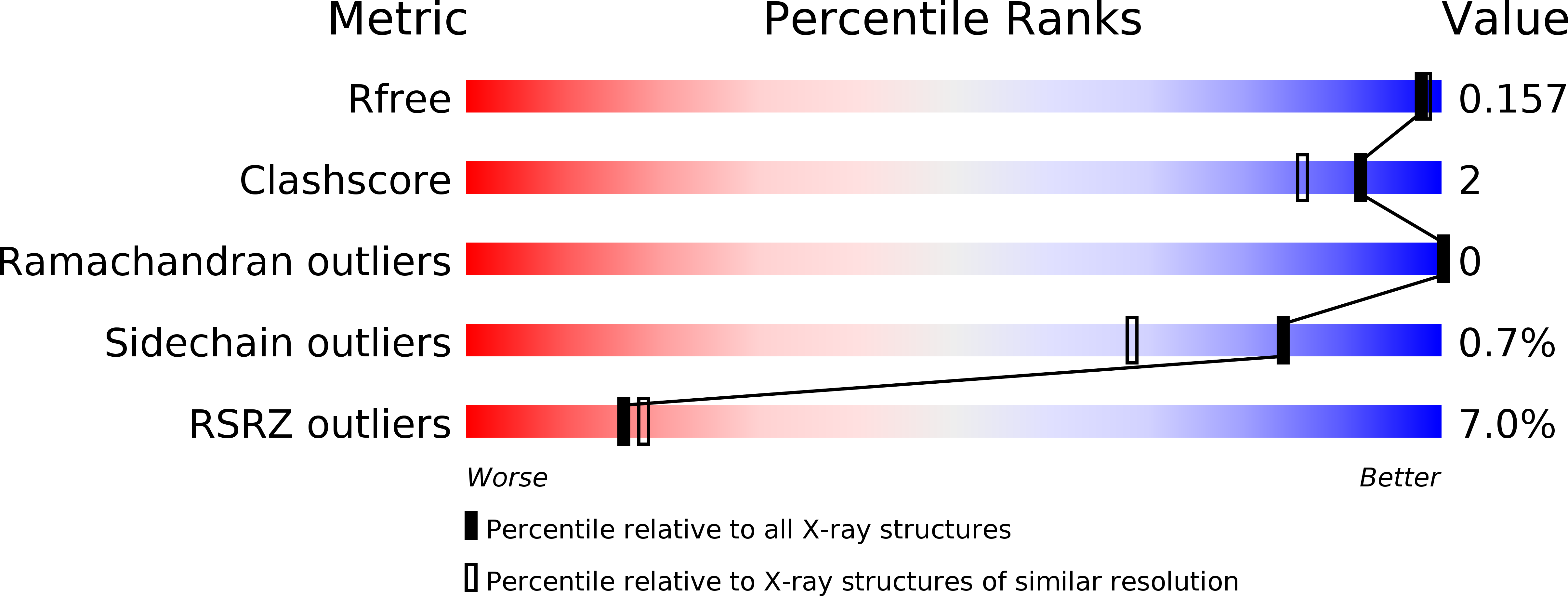
Deposition Date
2020-03-30
Release Date
2020-05-06
Last Version Date
2023-10-18
Method Details:
Experimental Method:
Resolution:
1.54 Å
R-Value Free:
0.15
R-Value Work:
0.14
R-Value Observed:
0.14
Space Group:
P 21 21 21


